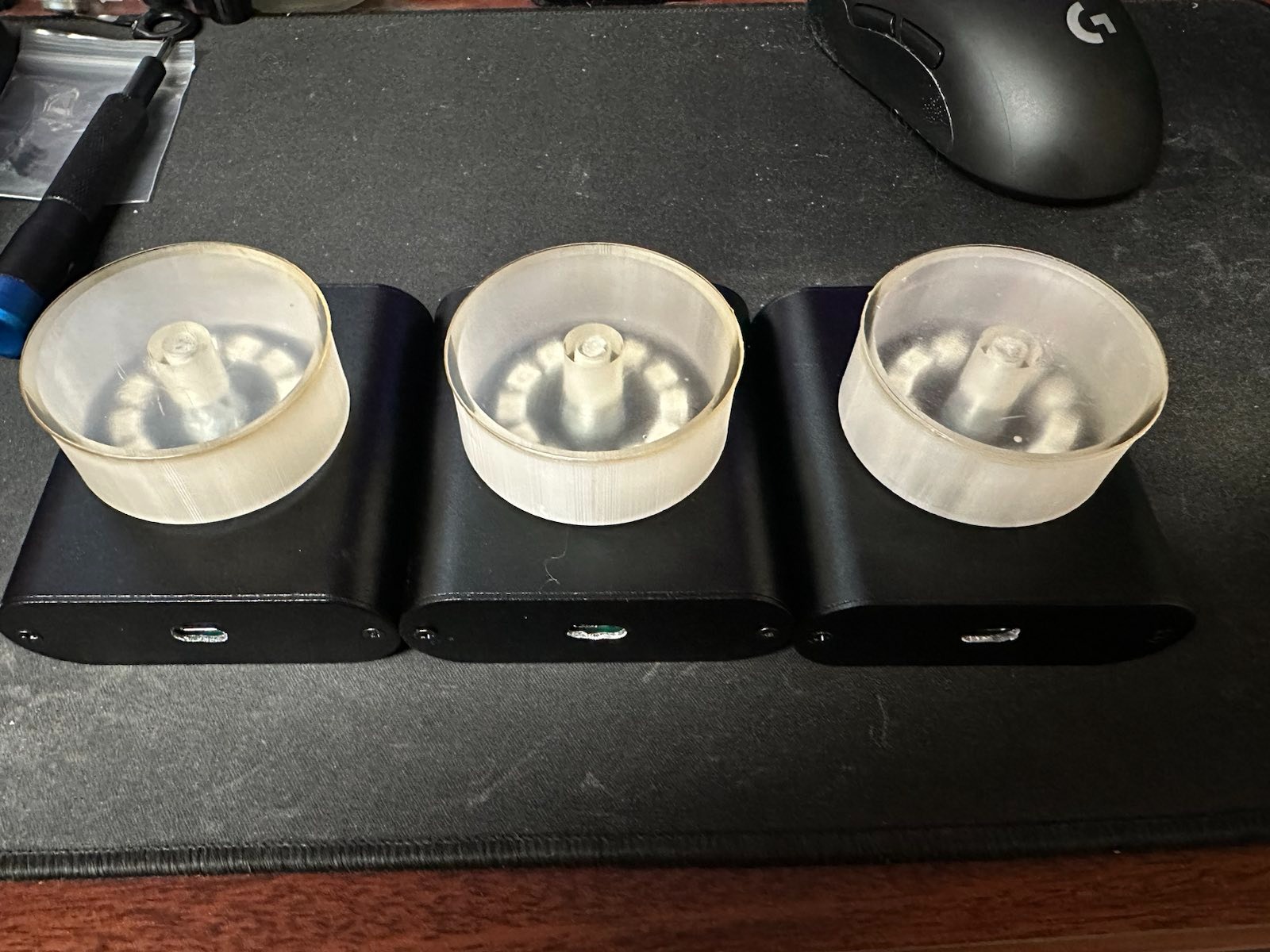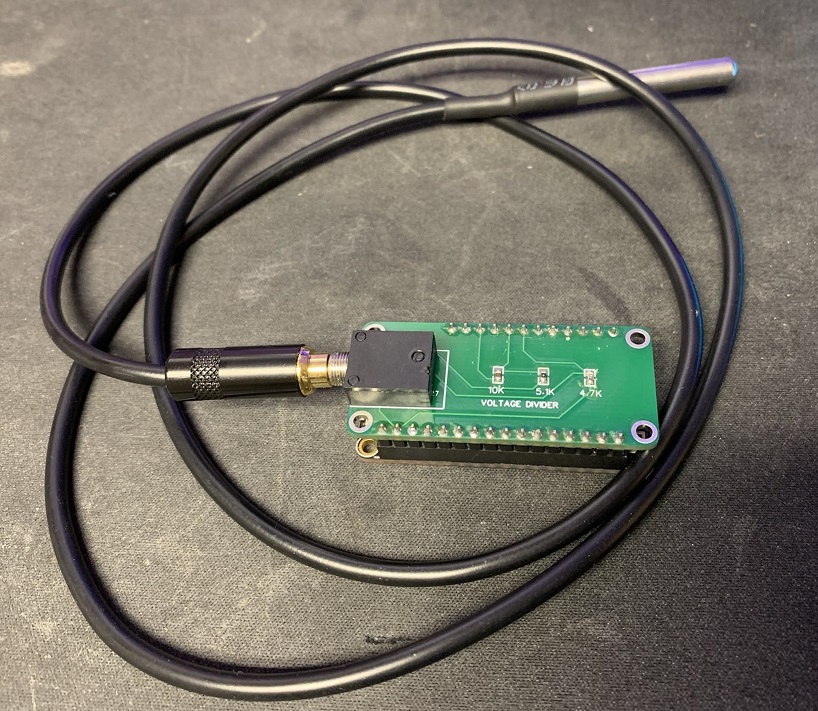Backdoor Modules for Netgear, Linksys, and Other Routers
A week or so ago, I read the news of a new backdoor on several devices, including those made by Belkin, Cisco, NetGear, Linksys, and several others. A list of what seems to be affected devices can be found here. Eloi Vanderbeken, who posted his findings on GitHub made the original discovery. He also wrote a useful python proof-of-concept exploit, which allowed command injection, but I wanted Metasploit integration.
After playing with the proof-of-concept, I realized how powerful this backdoor could be.






